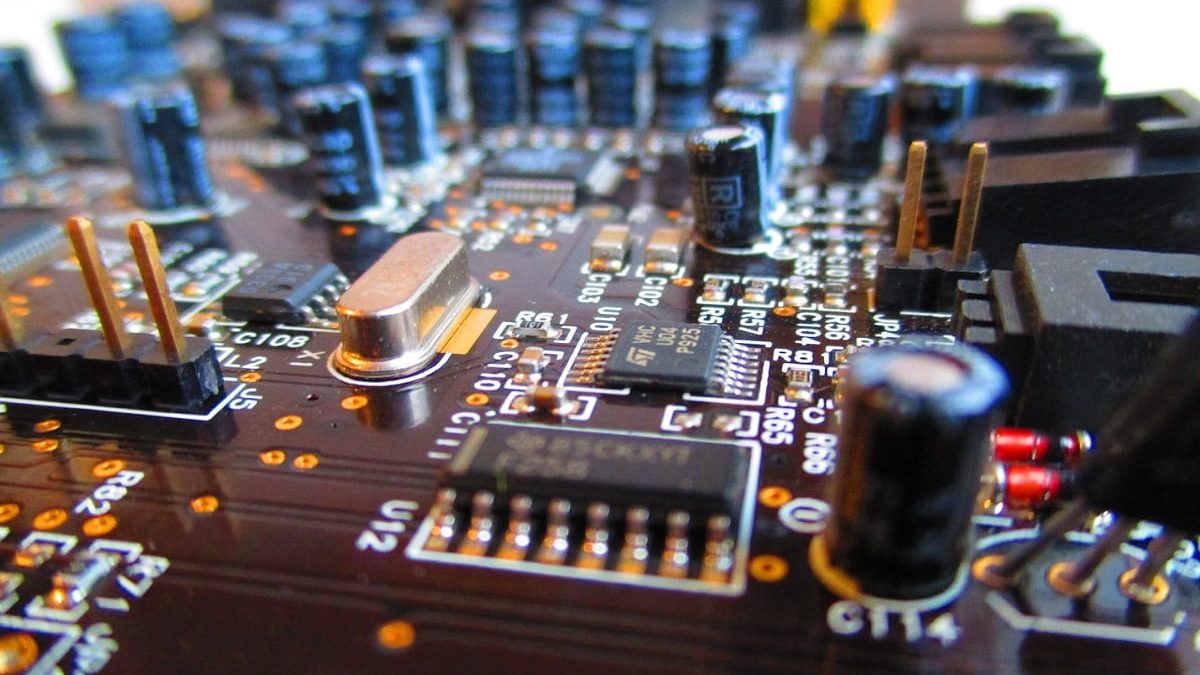Table of Contents
Hardware Platform Definition
A hardware platform can refer to computer or processor architecture. For example, the x86 and x86-64 CPUs constitute the most common computer architectures.
These machines usually run a version of Microsoft Windows, although you can also run other operating systems, such as Linux, OpenBSD, NetBSD, Mac OS X, and FreeBSD.
However, An ARM architecture is prevalent in smartphones and tablet PCs, which run Android, iOS, and other mobile operating systems.
Also Read: The Real Value of Managed IT Services
What are the types of Hardware Platforms?
Arduino
Arduino is a free hardware platform (Open Hardware).
- So, based on an Atmel AVR microcontroller [i], in particular, the ATmega8, ATmega 168, ATmega328 and the ATmega1280, with several digital and analog input and output ports.
- Through which we can read environmental information using various sensors (temperature, humidity, brightness, magnetism, current, GPS coordinates, etc.).
- And also display information or notifications (using LEDs, LCD displays, speakers, etc.) or even interact with the user (buttons, joysticks, etc.).
It is the most popular free hardware platform, with more components (sensors, buttons, displays, etc.) and more used, for being open, its simplicity, and its meager cost.
Netduino
It is Microsoft’s microcontroller programming platform, which was developed by Secret Lab LLC, based on the idea of Arduino.
- They took an Atmel processor (the same manufacturer as the Arduino processors) of 32 bits and 48 MHz.
- It developed an Arduino compatible board together with the NET Micro Framework.
- Which is, neither more nor less, a very reduced version of the NET framework that we all know.
This idea allows bringing .NET developers to the world of microcontroller programming. By using a board compatible with all the sensors and devices that already exist for Arduino.
NET Gadgeteer
NET Gadgeteer platform launched in 2011.
It is based on the idea to connect different devices to our motherboard in an effortless way.
This platform has many devices on the market: display, cameras, network interfaces, card readers/recorders, joysticks, Bluetooth, etc.
Raspberry PI
This plaque was created by the “Raspberry Pi Foundation” of the United Kingdom to stimulate the teaching of computer science in schools.
However, Its sale was at the beginning of this year, 2012, with a total of 10,000 plates manufactured in China and Taiwan.
- This board differs significantly from the previous ones, for starters it already comes with HDMI, RCA ports (to connect it to a TV).
- And also USB (to which you can connect a keyboard or mouse).
- GPU is compatible with OpenGL ES 2.0 and OpenVG that Can decode video with blue-ray quality (H.264 / MPEG-4 AVC) at 40MB.
- And also supports resolutions from 640 × 350 to 1920 × 1200, ARM1176JZFS 700 MHz processor, audio, SD/MMC/SDIO card slot.
Which makes the most significant difference. And also comes with Linux, more specifically with Raspbian, a version derived from Debian.
And also we can install the distribution we want, including Android.
What are the advantages of the Hardware Platform?
- Promotes that the hardware can be of quality, open standards and are cheaper
- Increase the safety and proper functioning of the design, by operating in the most extensive existing testing workshop
- It helps companies save costs and design times in their jobs
What are the disadvantages of the Hardware Platform?
- Physical design is unique. Sharing depends on the ease of reproduction of the design and the ability to reproduce it
- Component Availability
- Obtaining patents
- Hardware Production Model
Also Read: 10 Reasons Businesses Should Leverage Google AdWords [GoogleAds]
Kamran Sharief
Related posts
Recent Posts
What is a random number generator?
Choose a number – any number between zero and infinity. Which number did you choose? Congratulations, you are now a…
What Type Of IT Security Software Should You Choose?
IT Security Software “Time is money” is a fundamental concept for modern business owners. If an organization doesn’t maximize the…



